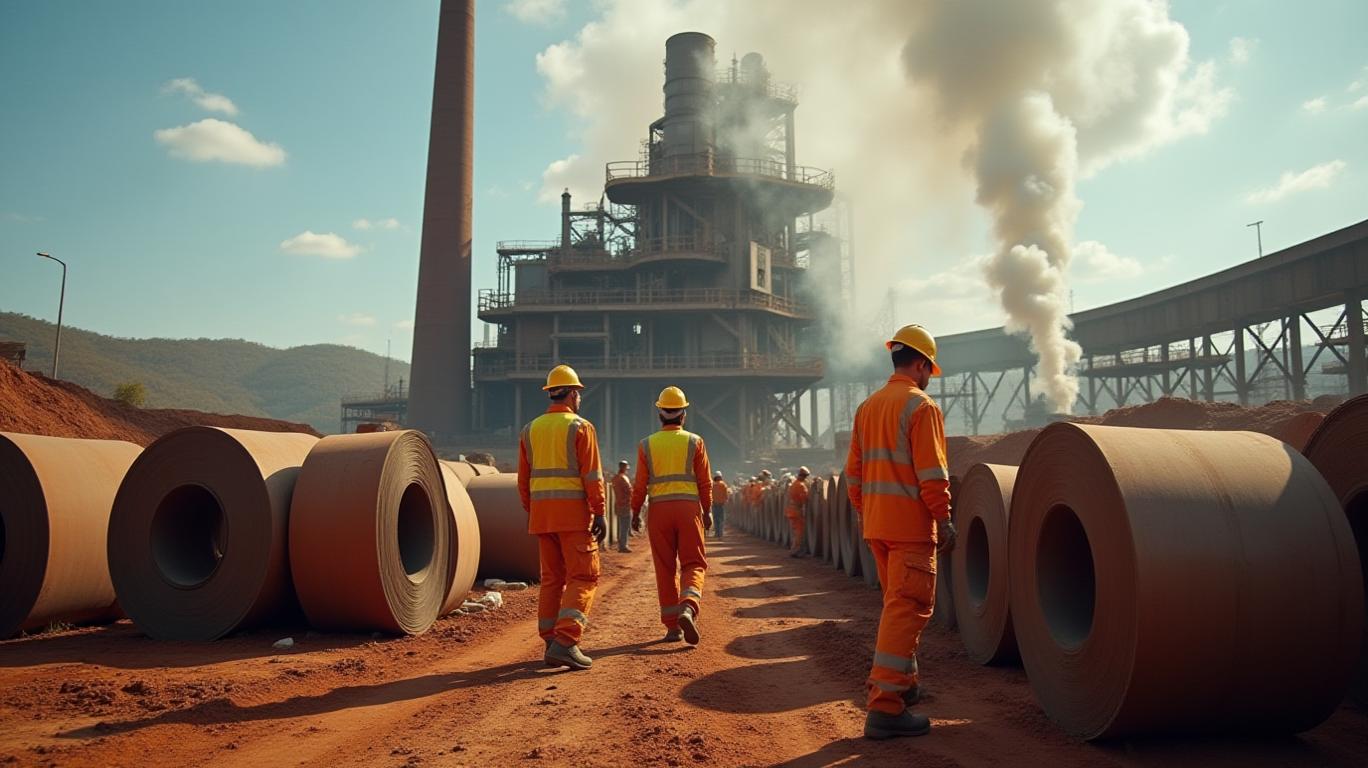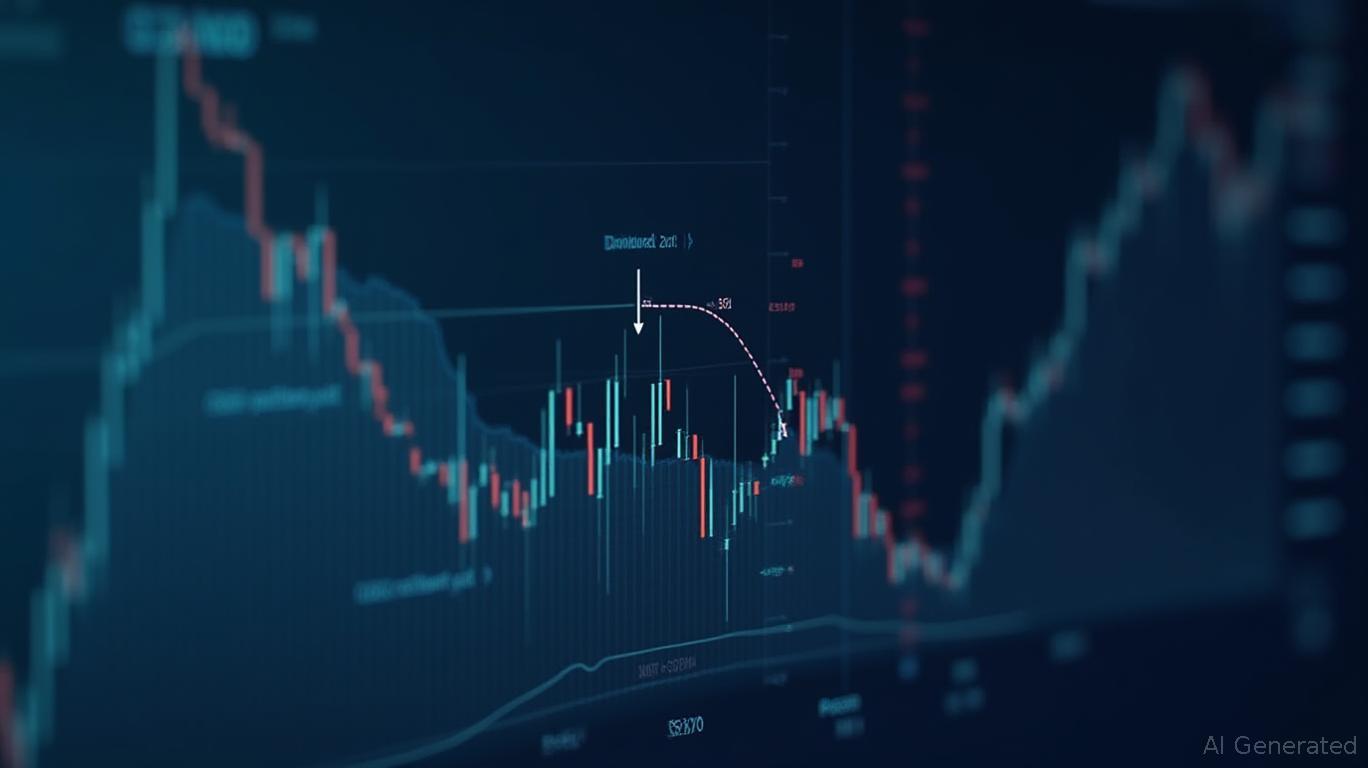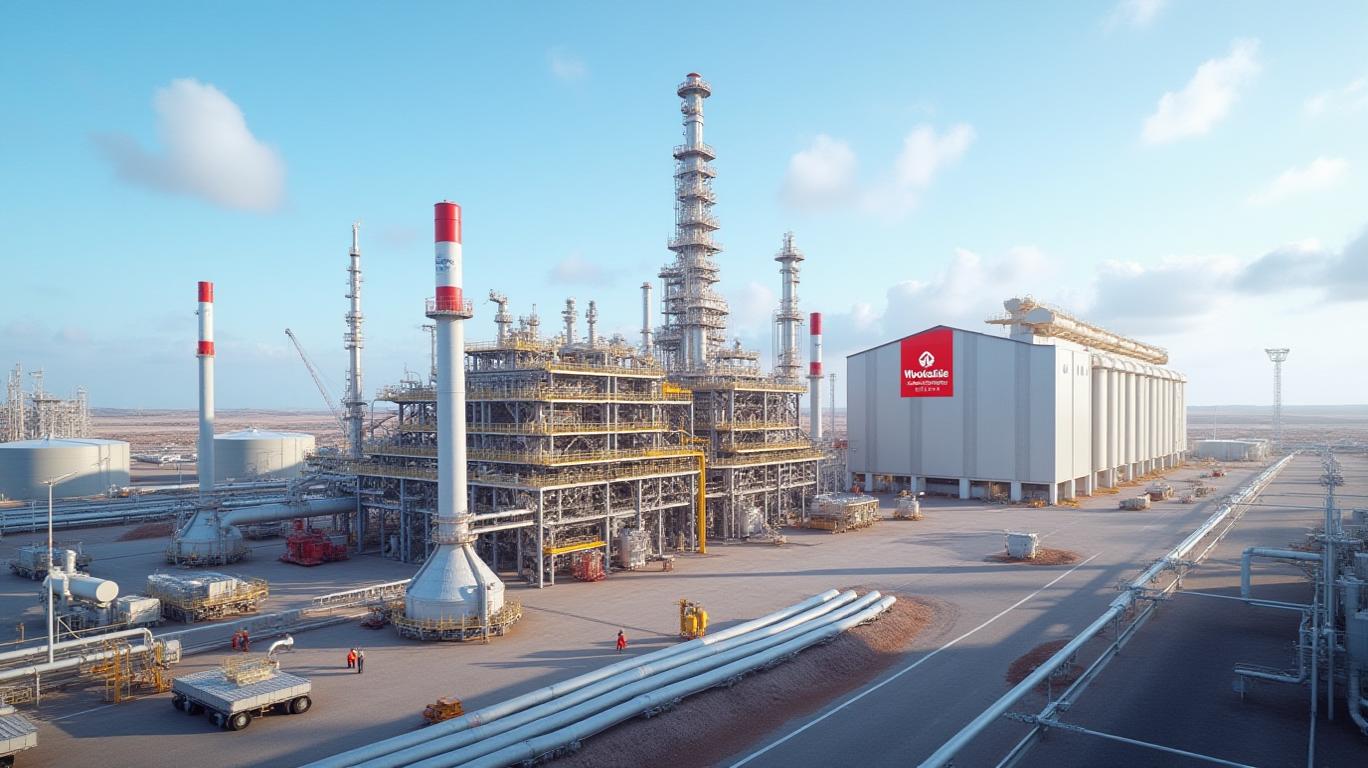ASX's Dividend at Risk: Can the High Yield Hold?
ASX Ltd, Australia’s leading financial market operator, has long been a stalwart of dividend stability, rewarding shareholders with consistent payouts even during turbulent markets. But a closer look at its latest financial results and emerging risks suggests the company’s generous dividend—currently offering a 6.5% yield—may face its toughest test yet.
The warning signs start with ASX’s HY25 results, which showed underlying net profit after tax rising 10.1% to $465.2 million. This growth, however, was fueled by one-time factors like higher net interest income and cost-cutting, while core revenue streams faced headwinds. The interim dividend of $111.02 per share, up 5% from last year, reflects management’s confidence. But the payout ratio—85% of underlying profit—is now at a precarious level, leaving little room for error if profits falter.
The Risks: Regulation, Costs, and Volatility
The first red flag is regulatory scrutiny. ASX is under investigation by Australia’s ASIC over a "chess batch settlement" incident, which could result in fines or operational changes. Even if resolved favorably, the reputational damage and legal costs could strain cash flow.
Second, cost pressures loom large. While expenses dipped slightly in HY25, ASX expects a 6-9% jump in the second half due to rising equipment costs, depreciation, and tech modernization. If expenses outpace revenue growth, the payout ratio could balloon, forcing a dividend cut.
Third, market volatility has dimmed. Electricity derivatives revenue—a key segment—dropped as price swings eased. With no immediate offset from new debt market services (set to launch later in FY25), ASX may struggle to replace lost revenue.
A High Yield, But for How Long?
ASX’s dividend yield of 6.5% is compelling, especially in a low-interest-rate environment. But such yields often signal risk. The company’s balance sheet remains strong, with access to $575 million in debt facilities, but the payout ratio’s sensitivity to profit swings is alarming.
Consider this: If expenses hit the top end of their projected 9% increase in the second half, underlying profit could drop by ~3%, potentially pushing the payout ratio to 90% or higher. That would leave ASX vulnerable to even minor profit declines.
The Bottom Line: Proceed With Caution
ASX’s HY25 results highlight a company navigating a knife’s edge between reward and risk. The dividend increase is a testament to its financial strength, but the elevated payout ratio and emerging challenges mean investors should temper enthusiasm.
The key variables are clear:
- Regulatory outcomes: A favorable resolution with ASIC would ease pressure, while penalties could force a payout reduction.
- Expense control: If costs stay within guidance, the dividend may hold, but a 9% expense surge could be unsustainable.
- Revenue recovery: Without a rebound in electricity derivatives or rapid growth from new services, profit growth will stall.
Historically, ASX has prioritized dividends, but its current payout ratio leaves little margin for error. Investors chasing the 6.5% yield must weigh the allure against the very real possibility of a cut in the coming years. As always, the market corrects overconfidence—this time, ASX’s dividend may be the casualty.
In conclusion, ASX remains a pillar of the Australian financial system, but its dividend is now a high-stakes bet. The company’s resilience in HY25 is undeniable, but the risks—regulatory, operational, and financial—are too significant to ignore. For income investors, this is a stock to watch closely, but not to hold with blind faith.

_442a2dcc1749832873286.jpeg)
_e68fac6d1749831664430.jpeg)







